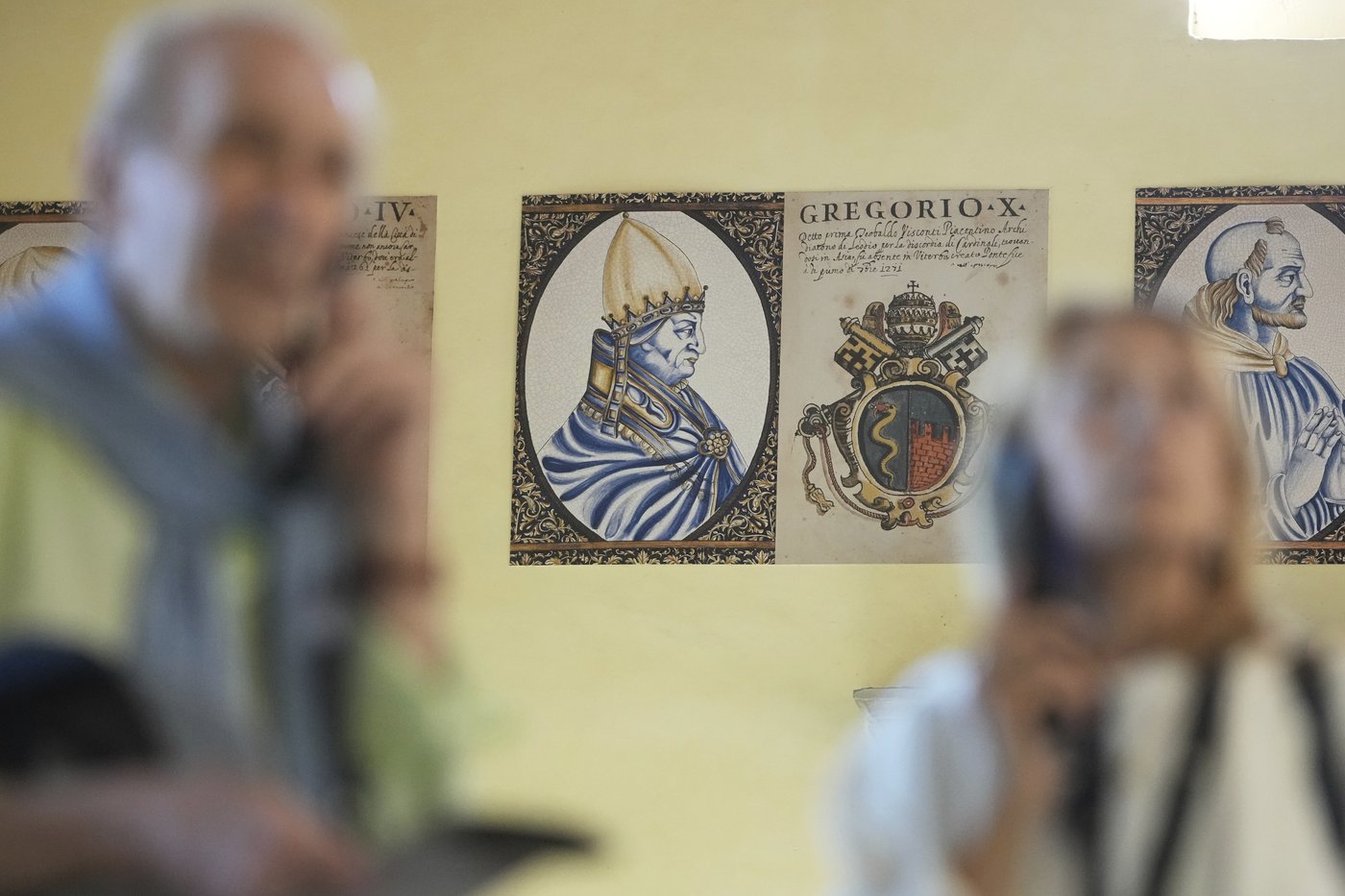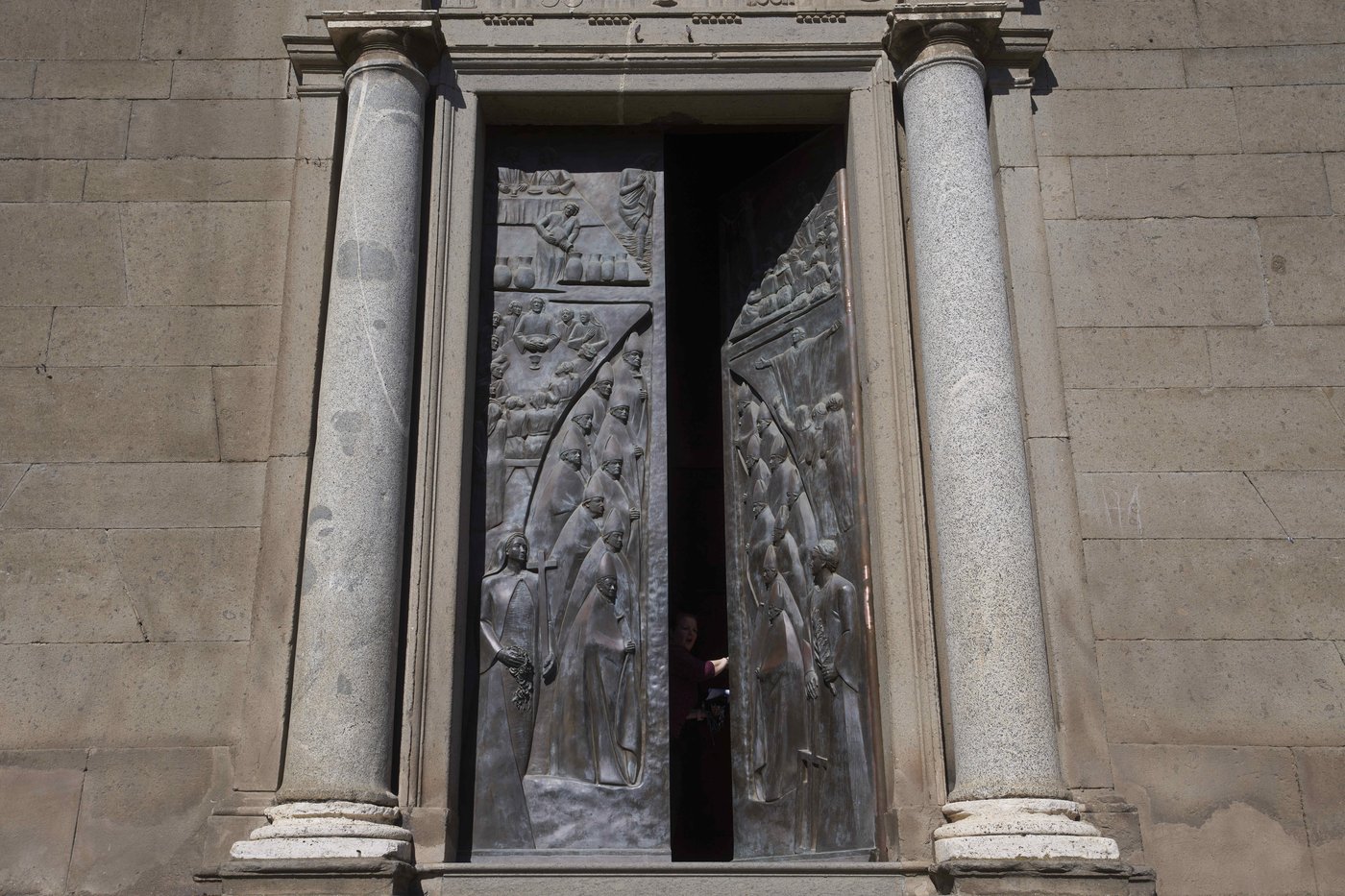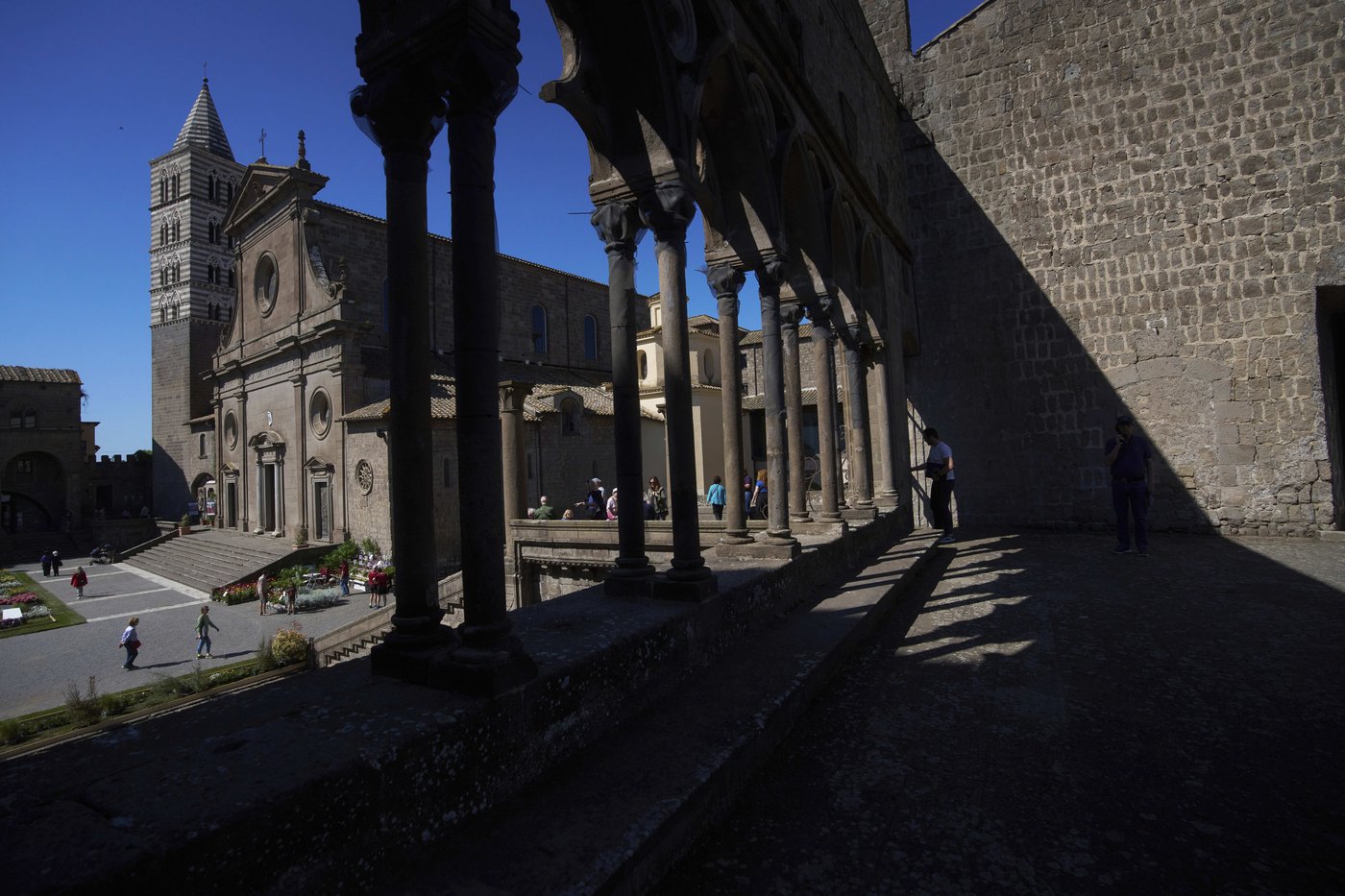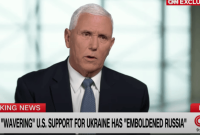VITERBO, Italy (AP) — It was the mounting rage of citizens in Viterbo, a small town north of Rome, that put an end to the longest papal election in the history of the Catholic Church, forging for the first time the word “conclave.”

The
Viterbo conclave
In the 13th century, a significant occurrence during papal elections took place, extending for nearly three years – precisely 1,006 days – as a result of intense disagreements among the cardinals regarding the selection of the new pontiff.
Viterbo is also regarded as the origin of contemporary conclaves, where cardinals are isolated in one area until they choose a new pope, frequently requiring negotiations before agreeing on the ultimate candidate.
On November 1268, the cardinals, who had been called to Viterbo for the election of Pope Clement IV’s successor, found themselves divided primarily into two camps and failed to agree upon a choice until September 1271.
Drastic measures
As the cardinals continued to deliberate in Viterbo, frustration rose among locals due to the lack of progress, as political and internal struggles had cast a shadow over the election.
These divisions arose due to the cardinals’ loyalty to rival factions, primarily backers of both the papacy and the Holy Roman Empire. This situation was made even more complex by personal relationships and familial connections, which made reaching an accord on electing a new pope highly challenging.

The lengthy election process forced citizens, who were responsible for covering the cardinals’ accommodation and living costs, to take extreme actions.
The cardinals were initially confined within Viterbo’s papal palace using a key, which led to the origin of the term
conclave,
This originates from the Latin terms “cum” (with) and “clavem” (key).
Elena Cangiano, an archaeologist from Viterbo’s medieval Palace of the Popes, stated, “The cardinals provided us with a significant testament—a parchment dated June 8, 1270—indicating that they were confined within a palazzo scoperto, which is essentially a structure without a roof.”
Cangiano mentioned that, as per Viterbo’s oral history, the cardinals ultimately found themselves camped out within the palace lacking a roof.
“That’s apparently indicated by several indentations discovered in the hallway’s flooring, which might correspond to the spots where tent poles were situated,” she clarified.
Viterbese also limited the cardinals’ meals to just bread and water to encourage them to hasten their decision-making process. When this approach failed as well, they began removing parts of the ceiling from the chamber where the College of Cardinals was housed, thus subjecting them to the weather conditions outside.
These harsh circumstances persisted for just three weeks, after which the cardinals gained entry to additional chambers within the papal palace yet remained confined inside the structure. It took an additional 15 months before Gregory X was elected as the new pontiff.
That was the longest papal election ever: To avoid the same situation ever occurring again, Gregory X promulgated a new apostolic constitution — called “Ubi Periculum” — that imposed strict regulations on the election and allowed to isolate the cardinals.
The selection of Gregory was viewed as a “compromise,” aimed at unifying the fragmented College of Cardinals and concluding the lengthy electoral process.
Modern conclave
This is why the Viterbo conclave is viewed by scholars as paving the way for subsequent papal elections. The guidelines and customs set during this period formed the basis for numerous processes still utilized today in these events.
papal conclaves.
Among the fresh regulations, Pope Gregory X stipulated that cardinals could only have “one meal a day,” and subsequently limited them to just bread, water, and wine, aiming to expedite their deliberations. However, not long after being elected as pope, Adrian V rescinded these restrictions a few years later.
Fabrizio Cardoni, who is 61 years old and was born and raised in Viterbo, takes great pride in considering his hometown as the most important place.
This is the story of our city,” he stated. “Therefore, we place great importance on our medieval quarter, as well as the magnificent papal palace, which could be considered nearly one-of-a-kind.
Cristina Giusio, who came as a visitor from northern Italy, was impressed by the historical significance of the Viterbo conclave following her tour of the papal palace. “It was truly remarkable…I had no idea that the first conclave took place here, which made it an unexpected discovery,” she commented.
Experts in Vatican history emphasize that contemporary conclaves still retain several key features attributed to Viterbo, such as their shortened lengths.
Viterbo’s influence might once more come into play in the
assembly that begins on Wednesday
in Rome’s Sistine Chapel for selection
Pope Francis’
successor.
Assuming that the timing will be adhered to almost certainly, much of this can be attributed to what transpired in Viterbo,” stated Cangiano. “Generally speaking, it doesn’t typically take very long to choose a new pope these days.
___
Isaia Montelione, a video journalist for the Associated Press, contributed to this report.
Giada Zampano, The Associated Press







